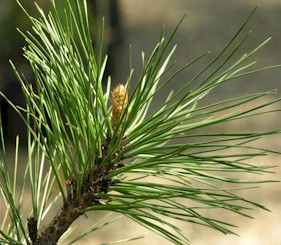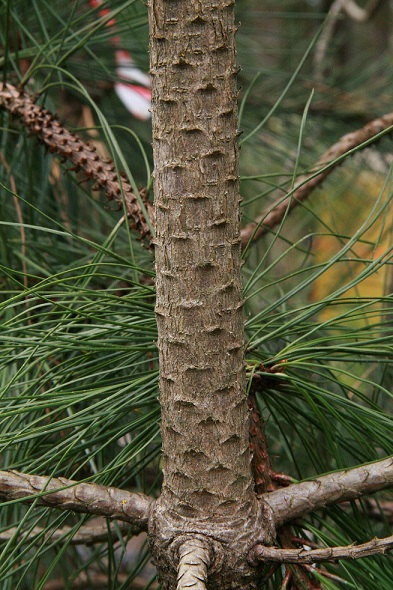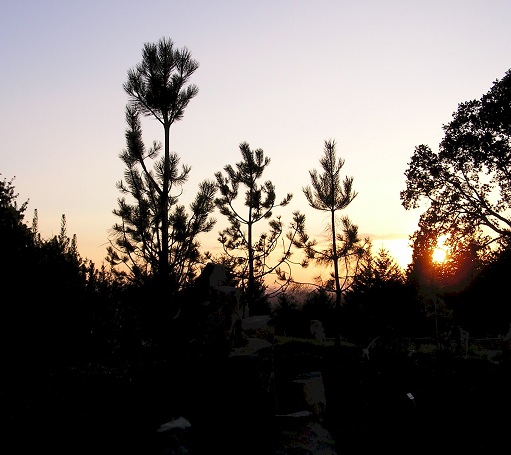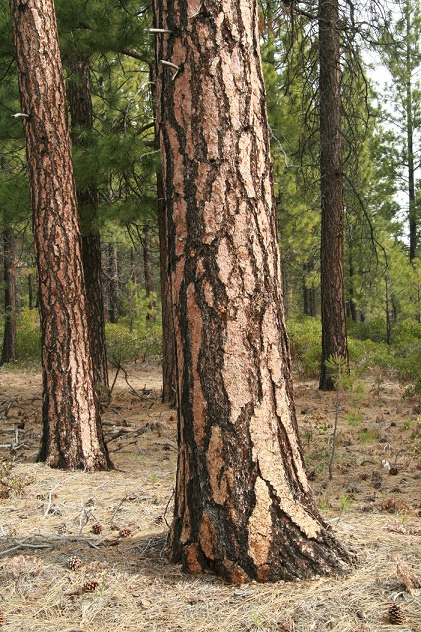|
|
|
Hansen's Northwest Native Plant Database |
|
|
|
Pinus ponderosa (Ponderosa Pine, Yellow Pine)
|
 |
||||||||||||||||||||||||||||||
|
Note: Throughout the years I've written short articles for our website's home pages (home pages are the front page of a website) about these plants. They are now included at the bottom of this page, and are illustrated by botanical drawings and paintings, some of which are from books published from 1500 - 1900. |
|||||||||||||||||||||||||||||||
|
A magnificent, three-needle yellow pine, the Ponderosa Pine grows rapidly, reaching 200’ with widths of 30.’ The deep green needles are 6 – 10.” Large, brown bristly cones grow to 4,” often in pairs, and persist on the tree for a long time. Found in USDA zones 5 – 10, this tree grows from British Columbia to southern California, east to North Dakota and southeast to Texas. Ponderosa Pine likes plenty of room and deep, light, porous soil as it develops a long taproot. These trees are highly drought-resistant and can grow in full sun, where they exude a glorious vanilla scent! They are excellent specimens for coastal planting, being very tolerant of salt spray. Ponderosas come from two different seed sources, eastern and western Oregon. The trees bear the same scientific name but differ in their requirements as described below. |
|||||||||||||||||||||||||||||||
|
Plants from seeds native to the east side of the Cascades. The eastern type of Ponderosa likes drier sites and is most comfortable in the high desert country. Nearly 100% of Ponderosa come from this type of seed. |
|
||||||||||||||||||||||||||||||
|
Plants from seeds native to the Willamette Valley, on the West side of the Cascades.
When early settlers came to the Willamette Valley, some Ponderosa were found that were native to the wetter climate of the Valley. A few of these ancient trees remain and are the source for these plants. These pines will tolerate damp, boggy sites. Bark of Willamette Valley Ponderosa, below left. |
|
||||||||||||||||||||||||||||||


 |
|||||||||||||||||||||||||||||||
|
|||||||||||||||||||||||||||||||
|
Photos We Share!
|
|||||||||||||||||||||||||||||||
|